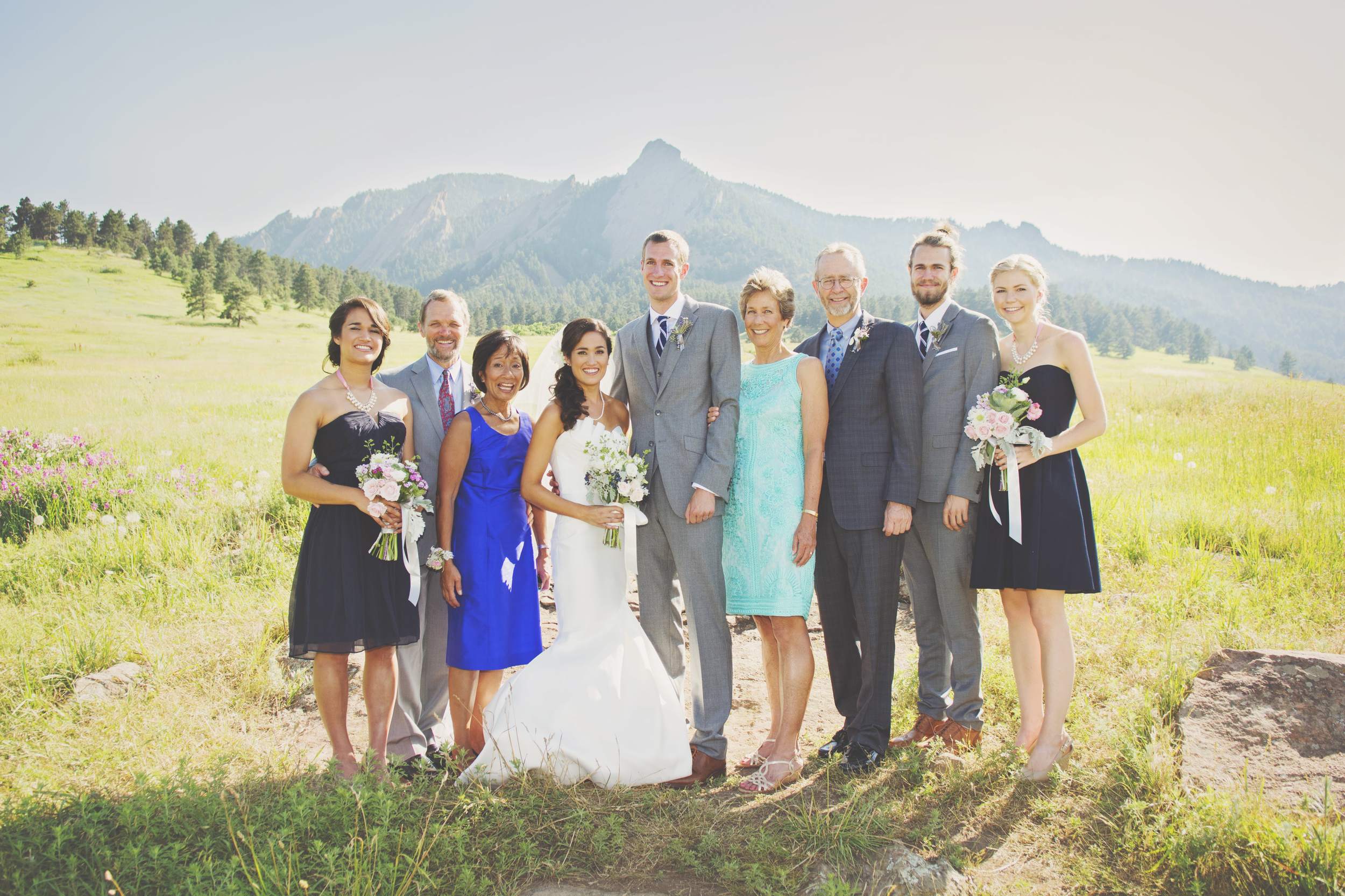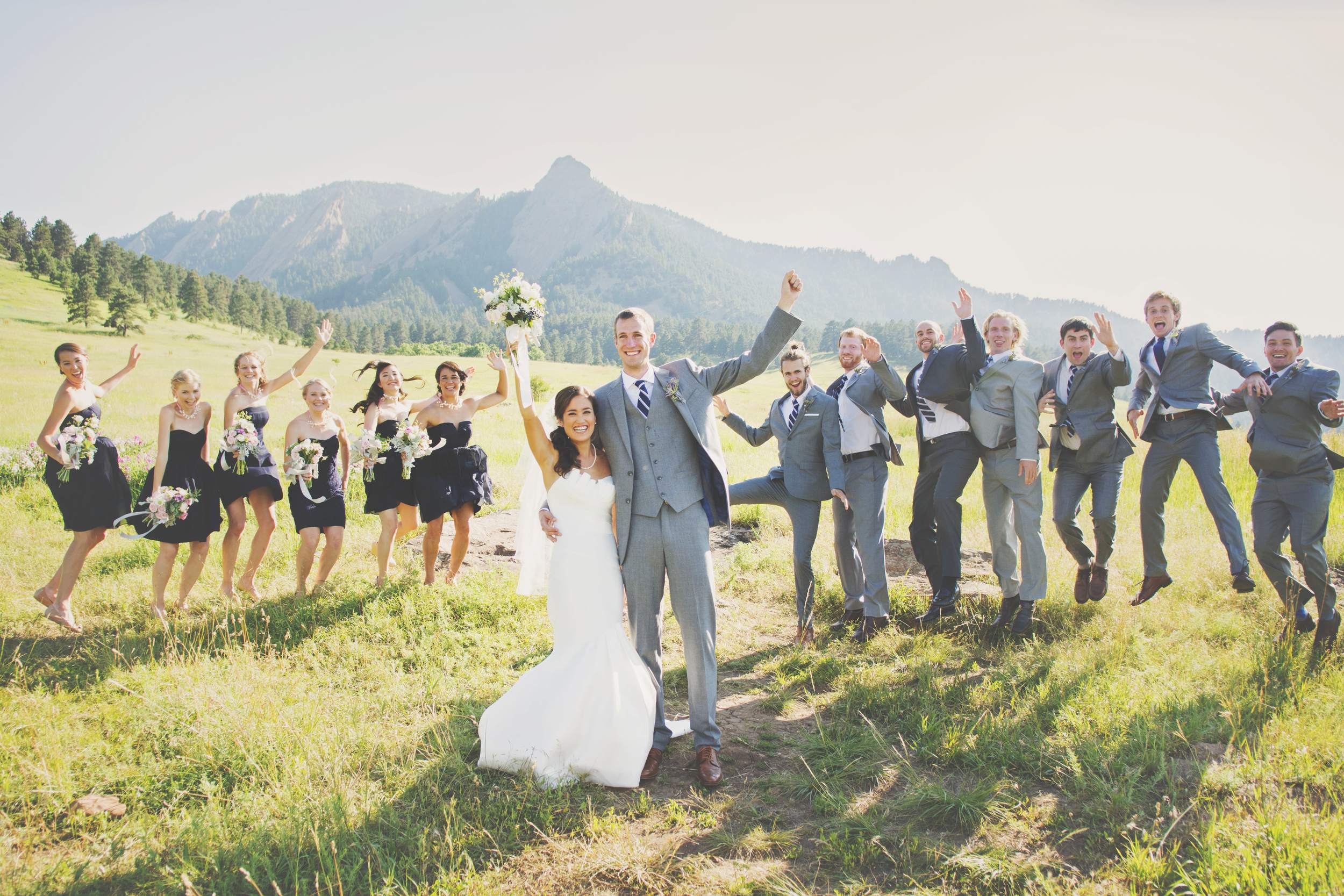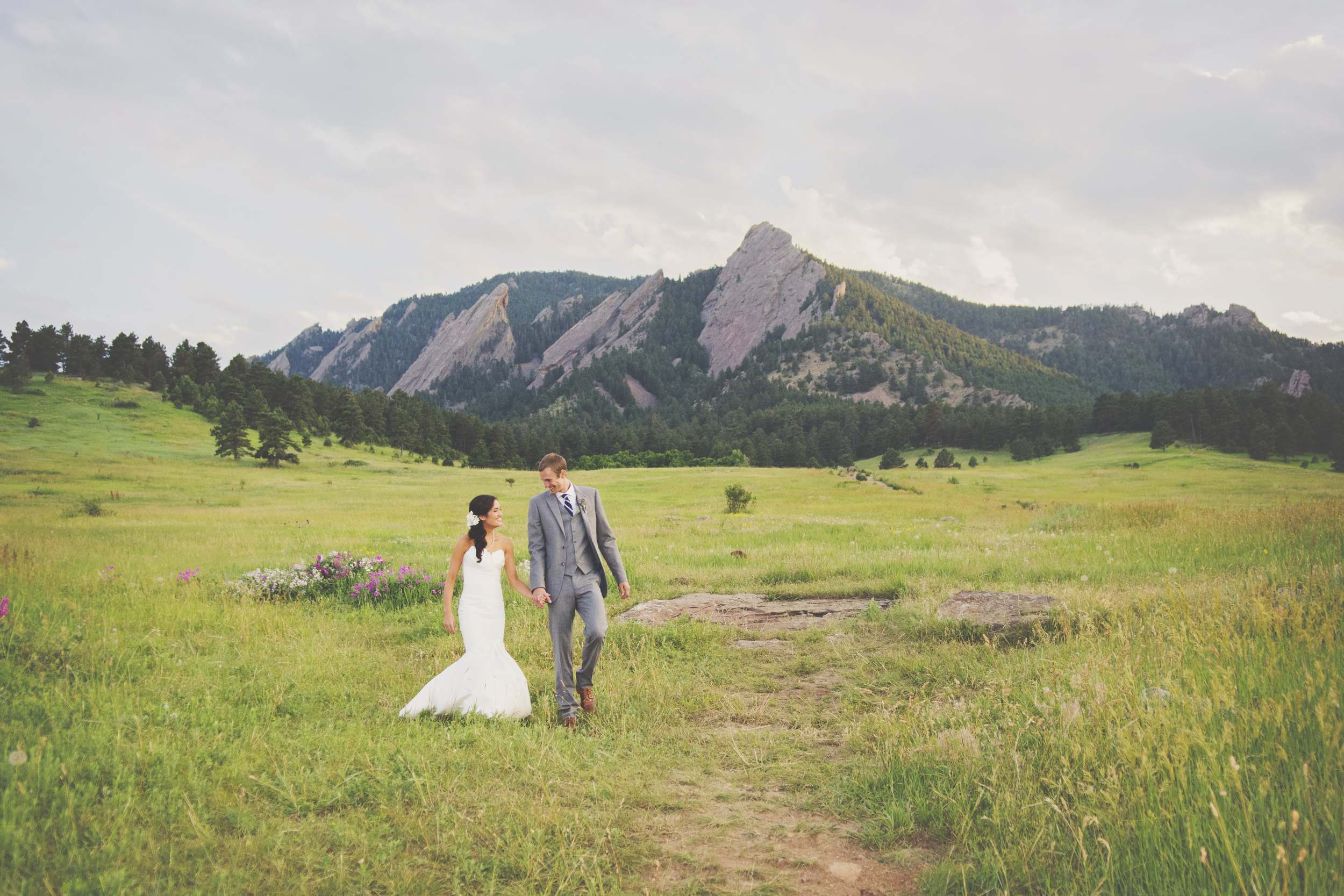I started learning to surf about a year ago. Unlike many things in my adult life, learning to surf wasn’t planned. Sam and I happened to be living at the beach in Cayucos for several weeks, and he was beginning to resurrect his own surfing abilities from childhood. I thought I’d try it out a few times and see how I liked it. I expected my interest to last about as long as our weeks at the beach. This was not the case - I loved it. Now that I’ve been surfing for a year, a few reflections on the learning process.
🏹Hunt & Feast
Some research indicates that surfing is addictive because it combines two of humankind’s greatest pleasures - the hunt and the feast (from Thad Ziolkowki’s The Drop). The hunt is the methodical process of seeking something, and then capturing it. The feast is the ultimate relaxation, the celebration. In many cases, the hunt and the feast are distinct, separate events.
I come from a running background where success is determined by consistency; there’s an element of delayed gratification. One hunt I’ve pursued repeatedly is the hunt for a faster marathon time. This usually involves twelve weeks of higher mileage, punctuated with weekly long runs. The end of this hunt is the race itself where I see whether or not I can run my fastest time. There may or may not be a post-race feast to celebrate, in the form of finish line hugs, an actual meal, or the post-race week of not running a step. The emotionally resonant parts of this experience are almost always during the hunt: overcoming self-doubt, compounding weeks of mileage to build confidence, anticipating pain during the latter stages of the race, the intensity of race day. The feast afterward, if it happens, feels gentler and less emotive.
However, with surfing, the feast immediately follows the hunt, and this tight coupling heightens the enjoyment. The hunt is when I’m waiting for the perfect wave and paddling for it, whereas the feast is popping up on the wave and riding it. There is immediate gratification. Nearly every time I surf, I catch something and that little moment is enough pleasure to keep me coming back.
Heading out to surf at Kealia Beach in Kauai
There is a framework that separates athletics into three categories: person vs. nature, person vs. person, and team vs. team. For many of the person vs. nature sports, the hunt and the feast are sequential and balanced. Think of the view from the top after a grueling multi-pitch rock climb or the descent after skinning uphill on skis. With these person vs. nature sports, there’s also a spiritual element of being connected to the earth, and an appreciation that humans can only do these athletic endeavors in partnership with earth.
Did I know all of this when I first stood up on a surfboard? Not in these words. I knew that standing up and riding a wave felt cool as hell. Gradually, I came to appreciate the switch between paddling for a wave and then riding it. There’s a beautiful transition when I’m trying to harness the wave’s energy, and once I’ve caught the wave, the situation reverses where the wave is carrying me.
🤓Help from the Professionals
I took my very first surf lesson on the big island of Hawaii. Like many first-timers, I thought surfing would be a chill experience with warm water and soft rolling waves. I was right - surfing during a lesson in Hawaii was an absolute dream. Then I returned home to northern California, where I went another fifty sessions of trying to figure it out by myself with cold water and hard-breaking waves.
My learning sped up tremendously once I sought help from the professionals. I went to a Surf with Amigas retreat in Nicaragua in February 2022, and left that experience feeling like I had improved every single day. There are very few experiences like that as an adult, where I felt like my brain and body were making new connections rapidly. I continued taking lessons on subsequent trips and at home, as I’ve found that lessons are valuable for a few reasons.
1) Learning about the why behind a lot of it
There’s a surprising amount of physics involved in surfing, and it’s much faster to utilize expert knowledge instead of repetitive trial-and-error. An example of this is the double-paddle. When people are paddling on their surfboards, the best practice is to use one arm at a time alternatingly, like freestyle swimming. This keeps the surfer moving at a constant rate through the water. It’s tempting, however, to double-paddle with both arms at the same time, leading to a false sense of extra paddle strength, when really this creates an uneven fast-slow-fast speed for the surfer.
Learning to surf has also required education on oceanography. Sam and I have frequently laughed about surfers’ in-depth descriptions of surf breaks, bathymetry, and tides. The casual, jargon-filled descriptions of conditions often belie a sophisticated comprehension, as surfers have to understand these details on a practical level to enjoy the sport.
2) Correcting bad habits before they become ingrained
Surfing has a lot of movement patterns that are completely distinct from other sports. For me, this meant that some of my past learned movements were completely wrong for surfing, and I needed to unlearn them. As a kid, I tumbled in gymnastics. My instinct after doing anything aerial is to land straight-legged and stand up tall, as this is proof to the judges that I’m balanced. In surfing, the opposite is necessary. After catching a wave, I need to keep my knees bent, lowering my center of gravity, to remain balanced on my moving surfboard. I’m in the process of unlearning this instinct to stand up straight; now I need to “stick it” with bent knees.
During the Surf with Amigas retreat in Nicaragua, our instructors utilized daily video coaching. During each surf session, a videographer on land captured the day’s rides. Afterward, Megan and Laila reviewed all of the footage, clipping each person’s waves and discussing the good and the less-good. Then each surfer met individually with Laila and Megan to watch all of their clips. The first time seeing myself on film was perhaps one of the biggest differences between perception and reality - surfing felt so fast and dynamic when I was doing it, but looked slow and deliberate on film. However, viewing the video and hearing Megan and Laila’s commentary was incredibly helpful. After each daily session, I left with a clear understanding of what I was doing well and what I could work on for the next day. This was a big accelerator to learning.
A still from video coaching in Nicaragua
3) Seeing that little window of what the next skill looks like
There’s a statistic that people can really only understand skills that are within one standard deviation of their own. I’m super impressed anytime I see Carissa Moore on a wave, but I definitely can’t even begin to appreciate how skilled she is or even what it feels like to do some of the things she does. With each lesson I’ve taken, I’ve felt like there was a little window that opened up to show me what the next, more advanced surfing skill looks like. I can’t do the skill by myself initially but I’ve seen it, done it with instructor help, and I know what I need to do to master this skill. Seeing these little glimpses of the future is captivating, and another factor in surfing’s addictive quality.
Many endurance athletes can relate to cyclist Greg Lemond’s thoughts:
It doesn't get any easier, you just get faster.
For me, the experience of running a fast mile in high school felt very similar to running a fast mile in college, even if the times were different. The first lap feels enjoyable, the second lap is the beginning of the hurt, the third lap is a lot of hurt, and the fourth lap is digging to finish fast. Of course there are new experiences with running - running a new distance, new course, or even running a tactically different race. However, there is a sameness and familiarity to running that is soothing and appealing especially when I don’t want to contend with a novel experience. It’s nice to have this balance between the two sports - running is familiar, whereas surfing is more foreign.
4) Becoming part of a community
Another useful part of taking lessons is a brief entry into the local surf community. One of the less appealing parts of surfing is the localism, where locals at a break can hassle the non-locals. I understand the protective nature of this, especially at crowded breaks where there’s competition for waves. However, when I’m surfing a break that’s new-to-me, a lesson with a local is helpful to understand the break’s atmosphere and to have an element of protection, as the local person invariably knows other people at the break and their presence calms everyone.
The retreat situation at Surf with Amigas was a different form of community. There were fifteen women who took a break from their outside lives and families to travel to rural northern Nicaragua to work on their surfing skills alongside five instructors. Many of these women had taken radically different life paths from my own and it was a joy to learn from them.
This community was also wonderful in terms of solidarity and positivity. I often find myself in male-dominated spaces, like working in tech or racing on trails, and it is a game-changer when I find women in the same spaces who are going through similar experiences. It’s reassuring that my experiences are shared, and that other people deeply understand the feelings. The SWA ladies were also exceptionally positive. There was a wide range of surfing skills, from first-timers to experienced veterans. All achievements were celebrated with the same vigor, from standing up on a board for the first time to dragging a hand through the water to stall. Going from a lineup of surly men to a lineup of cheering women was an exceptional treat.
Amigas in cold NorCal water
🙋🏽Comfort with Looking Dumb
Learning to surf has been terrifying in a few ways. The first is existential. Like a lot of humans, I generally think of the ocean as scary; there is a real fear of dying. The second is that I am self-conscious of looking dumb while learning to surf. This self-consciousness is magnified by looking very different from the average surfer - I’m often in the minority in terms of age, gender, and race. This discomfort was paralyzing in the beginning, especially at an unfamiliar break with packs of skilled teenage boys. Now, I’m more comfortable. I’m accepting of my own abilities and I also know that I’m there to enjoy myself.
As adults, we’re pretty good at the things we do, and we’re generally only getting better. If I think back to work emails that I wrote when I was 22, there’s been consistent improvement up to this point, and I would expect that to continue as I age. There are very few things that I do now where I am a complete beginner. Surfing has been eye-opening in that regard. I can't say I’ve fully embraced every part of the learning process. There’s still some ego that always wishes I could be better and it’s tough to sit in absolute suck for what feels like forever; However, I am grateful that I have a capacity to learn, and that I can start at the very beginning of something, slowly chipping away at it.
📊Expectations about the Learning Curve
Surfing’s learning curve is similar to other sports in that there is adversity and perseverance followed by breakthroughs. The effort paradox is also evident - experts look casual or playful while executing complex maneuvers, fooling many people into thinking that the sport is easy to learn.
However, the learning curve is steep. There's a lack of control over the conditions, with the ocean’s varying daily conditions somewhat dictating which skills I can focus on improving. It would be easier to learn if Ocean Beach in San Francisco always had glassy, peeling two-foot waves. However, Ocean Beach is frequently choppy and large, and I mostly have to focus on being calm, reading the waves, and practicing turtle rolls. This is largely different from running, where I can set out to do a specific workout on a specific day. The weather conditions may vary, but generally, I can do the workout that I intended to do. Other sports also have this constancy that aids in learning - the soccer field and the basketball size are usually unchanging.
First board, after the canonical wavestorm!
🔮What’s next?
While surfing has been mostly about enjoyment, I have a few surfing projects at this point.
For 2022, my goal is to surf 100 days. As we learned last year when Sam sliced his finger open the day before we left for Kauai, no surf days are guaranteed! I also love this goal because it requires weekly planning and commitment, which feels satisfyingly similar to a marathon training cycle. I am currently about 80 days into this goal, aided by a July of funemployment.
In the fall, I’m doing a series of surf therapy sessions with Groundswell. I’m curious about surf therapy, as I enjoy these activities independently but will have the chance to experience them together. Learning to surf has also been tied to healing for me. I had two serious bike accidents, resulting in a diagnosis of celiac disease and PTSD. When I started surfing, I knew I was recovering as I physically had the energy to surf, and emotionally, I was no longer scared.
Sam and I also have a fun project to surf all fifteen California counties that touch the ocean. We’re quite strong through the middle of the state (Sonoma, Marin, San Francisco, San Mateo, Santa Cruz, Monterey, San Luis Obispo), but lacking in the far northern and far southern counties. This will require a few road trips and maybe even some surf camping. Perhaps that’s the next post!
Huge thanks to Caroline, Kim, and Sam for the editing and for bringing this from a rough outline to an actual post.








![Jess and I with our bibs! [I'm also wearing compression socks and tights, the first of many grandpa outfits]](https://images.squarespace-cdn.com/content/v1/55be9692e4b0489afc7334dd/1476415384589-XB3Y4AP6CQ7E46H6W0GW/image-asset.jpeg)


















